Supernatural events unfold in the rural countryside of Skåne around the year 1840. Join archivist Henrik Ullstad, from the University Archive, as he tells a story of deceased pastors, drinking curates, mysterious horses, unexplained fires and windows that have a life of their own. Beware in the October darkness, for now, there are ghosts haunting the vicarage!
Introduction
When my archivist colleague Fredrik Tersmeden and I were asked to write an article, preferably on a Halloween theme, for the October edition of Lundensaren, we thought at first that it would be a pushover. Surely there were plenty of ghost stories from Lund University’s history to unearth from the recesses of the archive!
Our first port of call was the Vice-Chancellor’s hearings. Perhaps some students had been warned by the Vice-Chancellor around the turn of the last century because they had dressed up as ghosts and scared Lund residents? However, with the exception of two students who had been brought before the Vice-Chancellor as they had been out in the streets dressed in “short sheets” (there was no information on whether the intention was to create ghost costumes), we came up with nothing.
What about trial records from the 1600s and 1700s? Had someone perhaps accused a well-to-do citizen’s wife of being a witch? We went through all the court cases involving women, but they mostly concerned illegitimate children, broken marriage vows and – in one noteworthy case – a student who accused a woman of slander as, contrary to what she claimed, he had absolutely not broken her windows.
Fredrik then suggested that we should write about the alleged haunted lift at the Historical Museum. I argued against this, as I had once taken the lift all the way from the top to the bottom without any occurrences.

Image source for the Historical Museum’s elevator: the author.
Image source for Claes Blechert Trozelius: Wikimedia commons. Painting photographed by Fredrik Tersmeden. Licence: CC-BY SA 3.0
I wondered in pure desperation if the mass producer of theses and professor of economics Claes Blechert Trozelius had perhaps written about pumpkins. Perhaps, but in which of his many agriculture-related theses could it be found? And there was the risk that such an article would not have the right Halloween tone.
It was not until I looked up the second volume of Paul Gabriel Ahnfelt’s “Studentminnen”, a book that the encyclopaedia, Nordic Familjebok, describes as “far too rich in uncorroborated anecdotes and hasty and offensive judgements about many deceased people as well as those who are still alive”, and found a chapter in it of “telluric” memories that I sensed the ectoplasmic light at the end of the tunnel. What I found in it is, in truth, a spooky story that is commended to prospective readers.
A haunting at the vicarage!
Paul Gabriel Ahnfelt was born in 1803 in the parish of Gullarp in Skåne, where his father Jonas Ahnfelt was the vicar. After attending the Cathedral School in Lund, he was enrolled at Lund University as early as 1817 and earned his Magister degree in Philosophy six years later. Ahnfelt was very much involved in both the temperance issue and the revivalist movement. He belonged to the “rörelsepartiet” (movement party) in the diocese of Lund that stood for a low-church, almost liberal, reform tendency within the Church of Sweden. In 1830 he was called – without being ordained! – by the baron Fredrik Trolle to become the vicar of Bosarp, a parish for which the baron had the right of patronage to recommend a member of the clergy for a vacant position. It was an appointment that prompted Ahnfelt to take the ordination exam as soon as possible.
We thus relocate our story till Bosarp, a small village in the Skåne countryside north of Eslöv. Here lives the vicar, Paul Gabriel Ahnfelt, with his wife, merchant’s daughter Hedvig Sofia Ekstrand, and their three daughters. The household also includes the staff – labourers, housemaids and servant boys – who were needed to run a vicarage in the first half of the 1800s. Associated with the vicarage are a number of crofter families, and not far from there lives sexton Möller, a man who Ahnfelt described as “completely incapable”, at least concerning his role in teaching children. Around the vicarage is the parish of Bosarp, a district with about one thousand inhabitants, whom the vicar Ahnfelt – at least according to his own account – benevolently and paternally tried to elevate spiritually. In particular, the pious vicar and temperance zealot opposed the excessive drinking of the Swedish liquor, brännvin: “the biggest obstacle in my attempts to help the people to both a better bodily and spiritual existence”, as he expresses it.

Image source: Swedish Portrait Archive. Licence: CC BY 4.0.
Strange things suddenly begin to happen at Bosarp Vicarage. One day, the vicar’s wife, Hedvig Sofia, thinks she hears her husband come home with a visitor and go into the study, but when she looks in only moment later, she finds the room empty and the windows shuttered despite it being the middle of the day. It turned out that Ahnfelt was occupied the whole day with his confirmands and has not been home. On other occasions the heavy window shutters at the vicarage – which normally need the strength of two people to close them – are mysteriously closed even though they should not be and on one winter evening in 1840 two unknown horses mysteriously turn up at the trough by the vicarage’s pump, even though all the gates are shut and it is impossible for unfamiliar beasts of burden to enter the vicarage courtyard.
What was the cause of these apparently supernatural events? In his memoirs, Ahnfelt, a progressive man, says he is at a loss for an answer, but comments that his parishioners had two theories. The first, that it was a portent of the vicar’s imminent death, was contradicted by the fact that Ahnfelt died in 1863, some 20 years after his spell as vicar of Bosarp. The second explanation was no less macabre but requires us to shift back in time to 60 years before the visitations in Bosarp.
“A blessed death from apoplexy”
On 19 June 1781, Sven Julius Sjöholm was enrolled at Lund University and the Skånska student nation. He was the son of a sexton and former Lund student in Stehag and intended, like so many of his student colleagues, to become a priest. According to the nation tables – reports on the nation members’ social situation and studies that the nations were obliged to submit to the University each semester – Sjöholm was initially a lodger with “cathedral attendant Holmberg”. Sjöholm went to lectures by theology professor Nils Hesslén and professor of rhetoric and poetry Nils Stobæus, and also had private lessons in logic.
After the spring semester of 1782, Sven Julius Sjöholm disappears from the nation tables for a long period but turns up again in the autumn semester of 1785, when he is staying with “cobbler Berggren’s widow”. It is most likely that he returned to the University to brush up on his knowledge before the ordination exam. In addition to attending lectures by professors in theology and philosophy, he had private lessons in Hebrew, theology and Latin. Sjöholm was finally ordained on 13 August 1786.
After his ordination, Sjöholm became the assistant vicar of Bosarp under the then vicar Carl Krutzén. Krutzén had been a student in Lund at about the same time as Sjöholm’s father, but in contrast to him had defended his thesis (written by the history professor Sven Lagerbring on “the Roman burning of foxes in relation to Judges chapter 15”!) and been ordained. So, it was here that the young newly ordained priest Sjöholm came to take up the first position in his ecclesiastical career.
If the reader thought that it was now time for Sjöholm to put his best foot forward and pursue a thriving career, you would be forgiven for this mistake as, on the contrary, in his duties the young assistant vicar quickly showed that he was extremely unsuitable as a priest.
According to Ahnfelt, Sjöholm soon began to socialise with “the lowest pack of the district” and engage in extreme drinking sessions at the vicarage. On one occasion he, together with his drinking companions, sang a hymn outside Krutzén’s bedroom window in the early hours, something that prompted the vicar to deliver such a strong reprimanding sermon that one of the participants was immediately gripped by remorse “and from that moment detested both the company of Sjöholm and the other ungodly vicars”. Krutzén’s admonishments clearly didn’t affect assistant vicar Sjöholm, who instead moved his card games and drinking sessions to the vestry, where it can be assumed that he could find greater respite from his superior’s objections.

Image source: Skåne Regional Museum collections. Photograph: Harald Olsson, Lund. Licence: CC BY 4.0.
It was in these circumstances that Krutzén died on 5 August 1794 “through a blessed death from apoplexy”, as the parish register expresses it. Whether or not the apoplectic fit was caused by his unruly assistant vicar is not recounted in the story, but it is clear that Sjöholm quickly manoeuvred behind the scenes to exploit his vicar’s demise. Shortly after the death, Krutzén’s widow sent a letter to the Cathedral Chapter in which she requested that Sjöholm – referred to by malicious gossips as Krutzén’s “assistant in the marriage” – should be appointed to maintain the administration of the parish during her period of favour. Clearly, Sjöholm’s intention was to “preserve” his predecessor’s widow and seize the position of vicar by marrying her. The application was granted, but shortly afterwards the widow withdrew her application in a new letter in which she referred to Sjöholm’s “conduct”. A new vicar was consequently assigned to Bosarp, while Sjöholm was sent off to an assistant vicar position in Kverrestad.
The dark cloud that descended on Sjöholm in Bosarp followed him to Kverrestad. On 16 October 1795, the Kverrestad Vicarage burned down, and the assistant vicar found himself accused of arson. The court could not reach a consensus and referred the matter “to the future and the judgement of God”, but Sjöholm’s ecclesiastical career was over. When Sjöholm tried to get a new assistant vicar position in 1797, he was instead advised to devote himself to school teaching and was ordered to refrain from the priesthood, however without being formally defrocked. According to Ahnfelt, Sjöholm ended his days as an exile in Denmark where he earned a living as a journeyman executioner.
But, asks the attentive reader, what has this to do with the haunting of Bosarp Vicarage? Well, the scandal surrounding Sjöholm’s behaviour, manoeuvring and being sent to Kverrestad, along with the fire at Kverrestad Vicarage, meant that rumours began to circulate among Bosarp residents that vicar Krutzén had not died “a blessed death from apoplexy” at all. According to these rumours, still circulating in Ahnfelt’s time over a half-century later, Krutzén rather suffered a violent end at the hands of his assistant vicar. It was thus no less than the murdered vicar Krutzén who visited Bosarp Vicarage – closing window shutters, letting in horses and imitating guests in the vicar’s study – as a way to demand justice from beyond the grave.
Conclusion
Was there really a haunting at Bosarp Vicarage? In his Studentminnen, Ahnfelt adopts an ambivalent attitude to the whole affair. On the one hand, he does not explicitly state that he believes in ghosts, but on the other hand he says that he cannot explain the happenings.
And what do I believe? I must say that personally I do not believe in ghosts, but of course something must have happened to prompt the otherwise sober and progressive Ahnfelt to include these events in his memoirs. If I have to express some form of opinion concerning what happened, I would choose to concur with the anonymous publisher of the student memoirs, who offers his own particularly prosaic, but amusing, explanation. According to one of Ahnfelt’s successors as vicar of Bosarp, the “haunting” was actually payback from dissatisfied parishioners, tired of Ahnfelt’s instructional efforts in general and opposition to brännvin in particular. In other words, a kind of 1840s equivalent of trick or treat in the Skåne countryside.
Henrik Ullstad
Archivist at the Lund University Archives
The author wishes to express his gratitude to Lukas Sjöström for his kind help with proofreading.


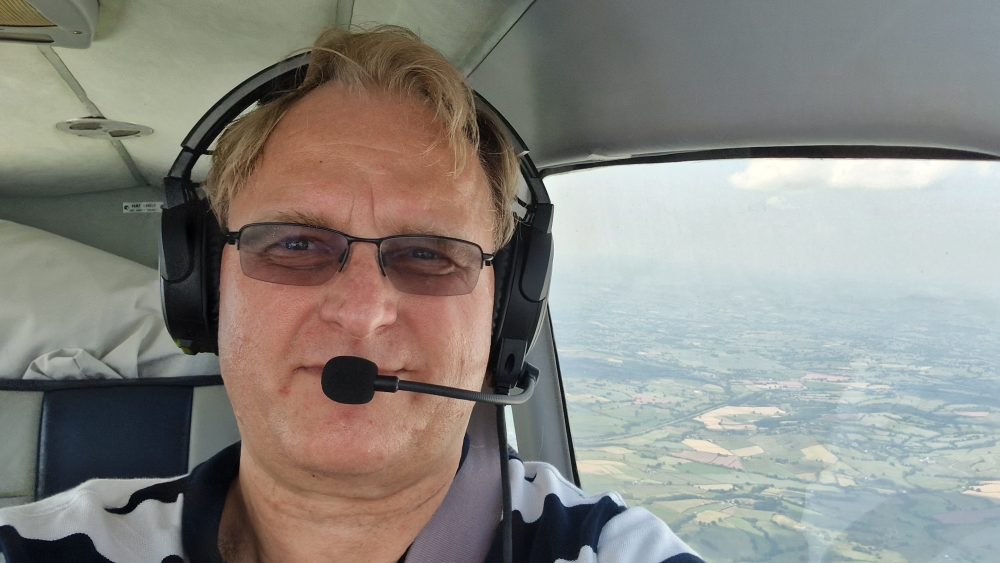
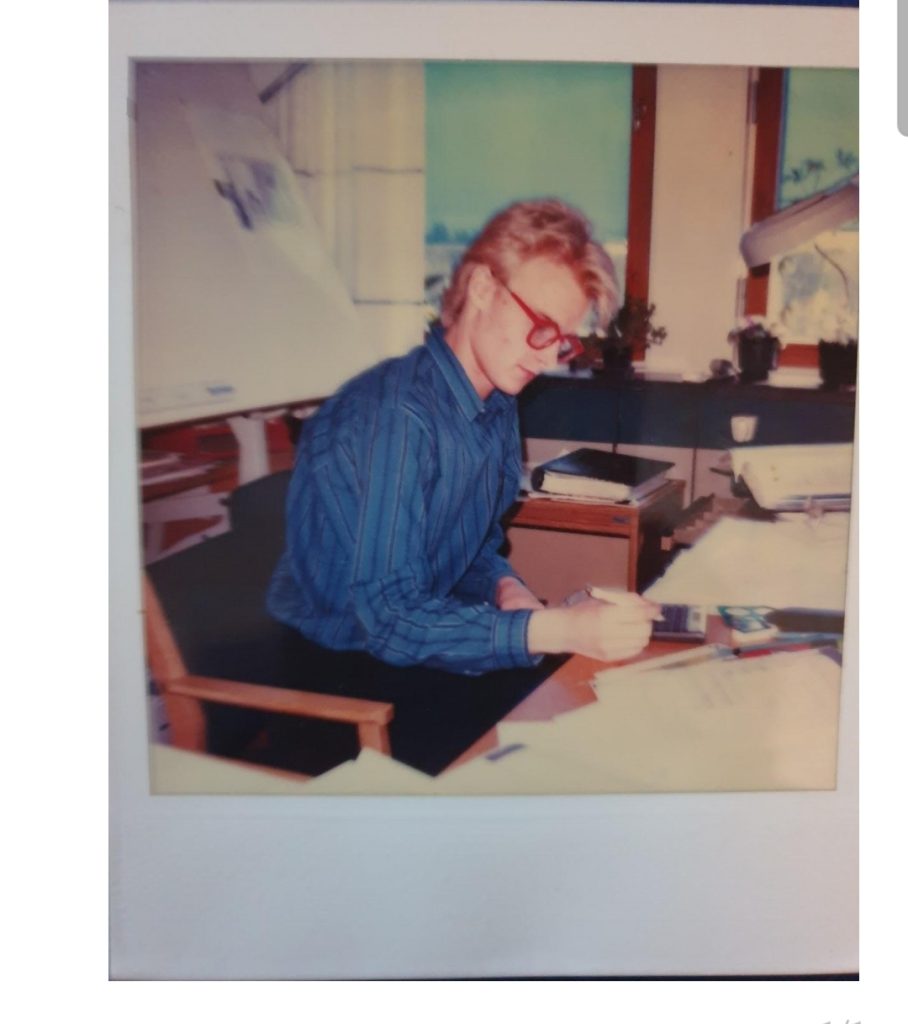

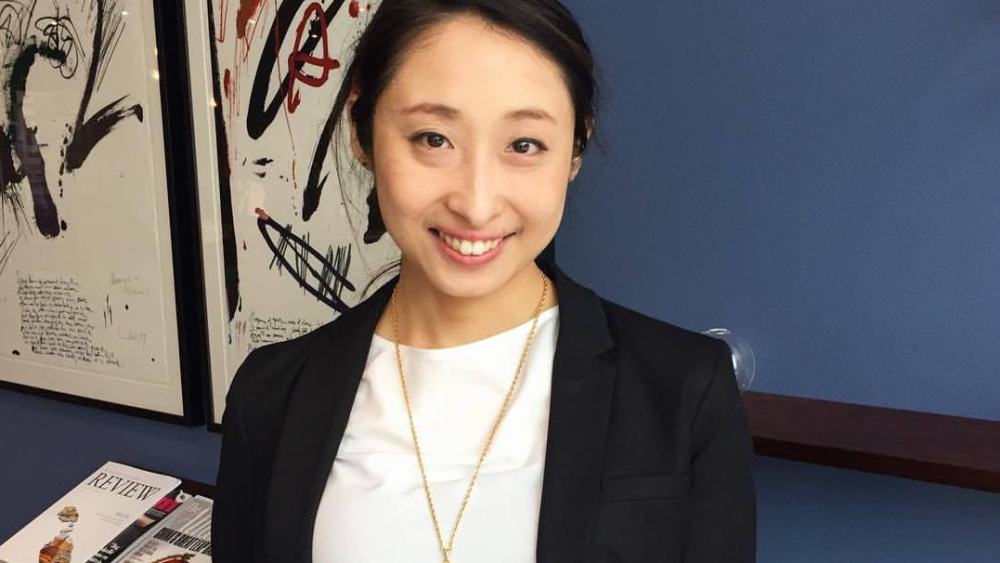
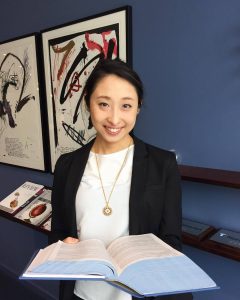 I chose Lund University’s one-year exchange program because I wanted to study European and Swedish social policies and Lund University offered a lot of courses in English. I broadened my horizons and enjoyed my stimulating student life in Lund, and it was one of my best decisions so far to study at Lund University!
I chose Lund University’s one-year exchange program because I wanted to study European and Swedish social policies and Lund University offered a lot of courses in English. I broadened my horizons and enjoyed my stimulating student life in Lund, and it was one of my best decisions so far to study at Lund University! 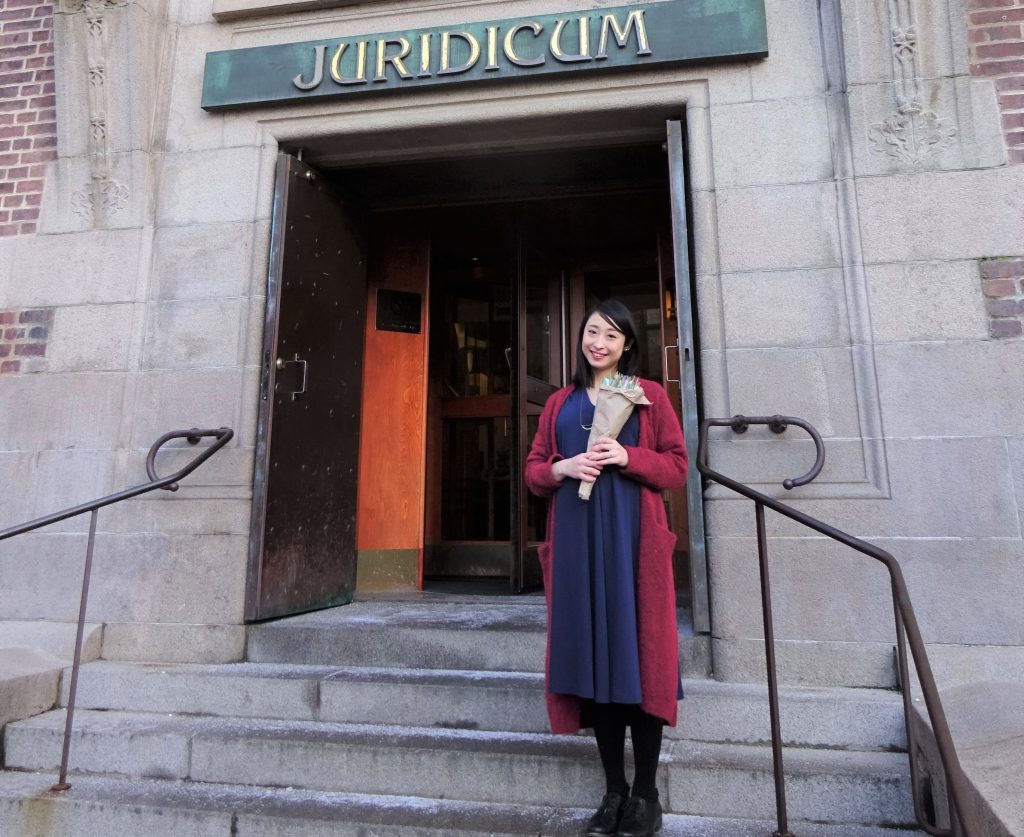

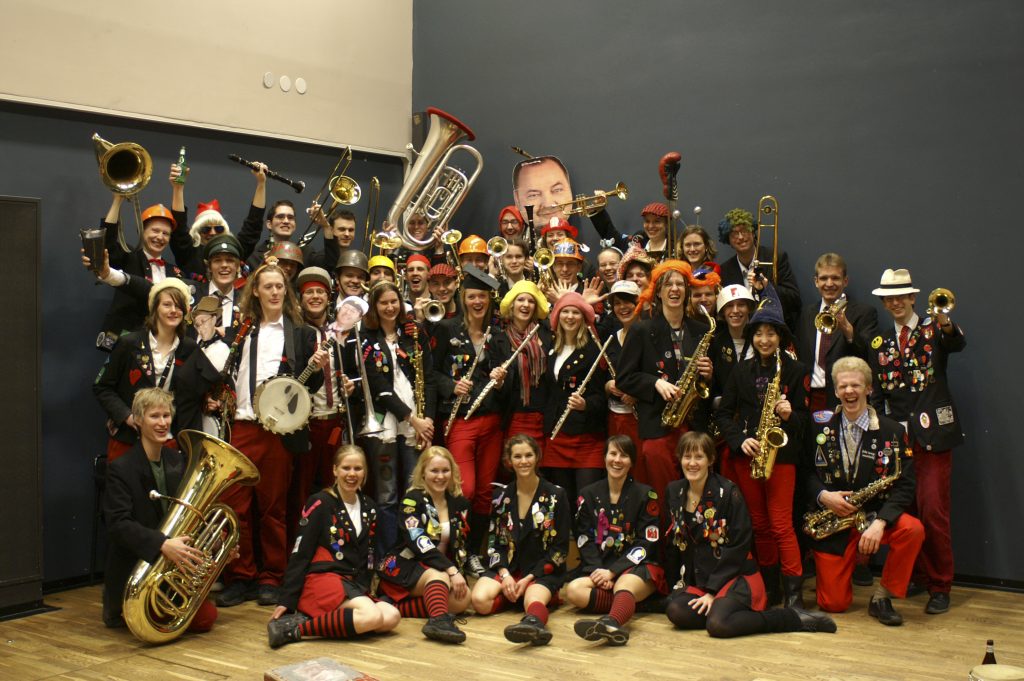
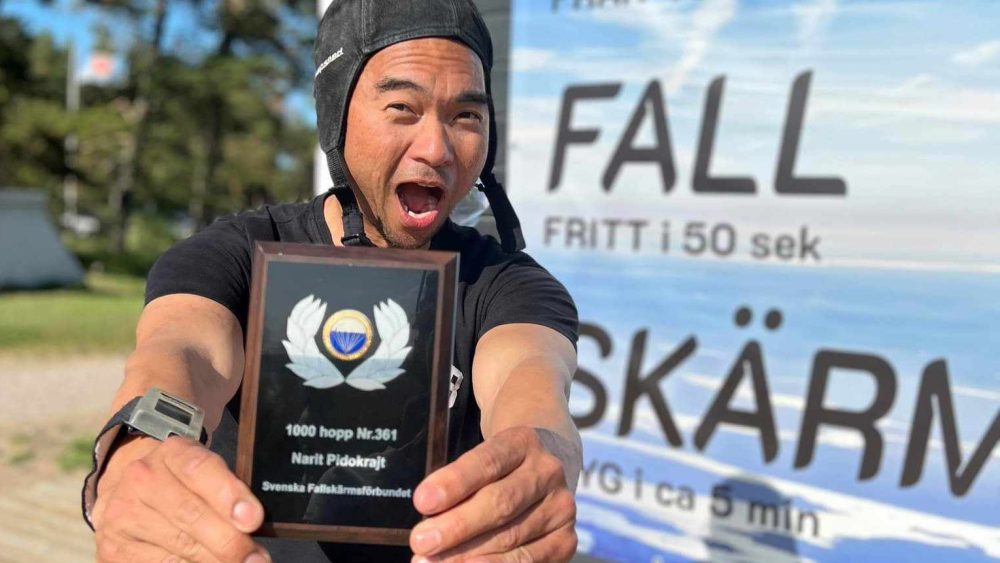

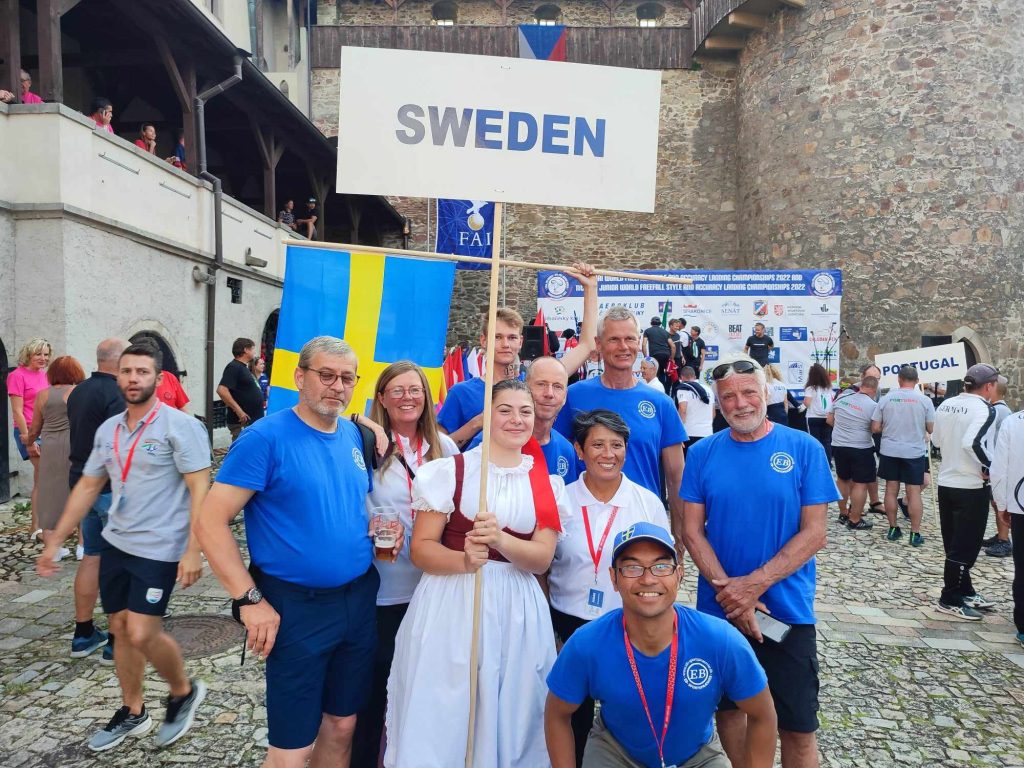


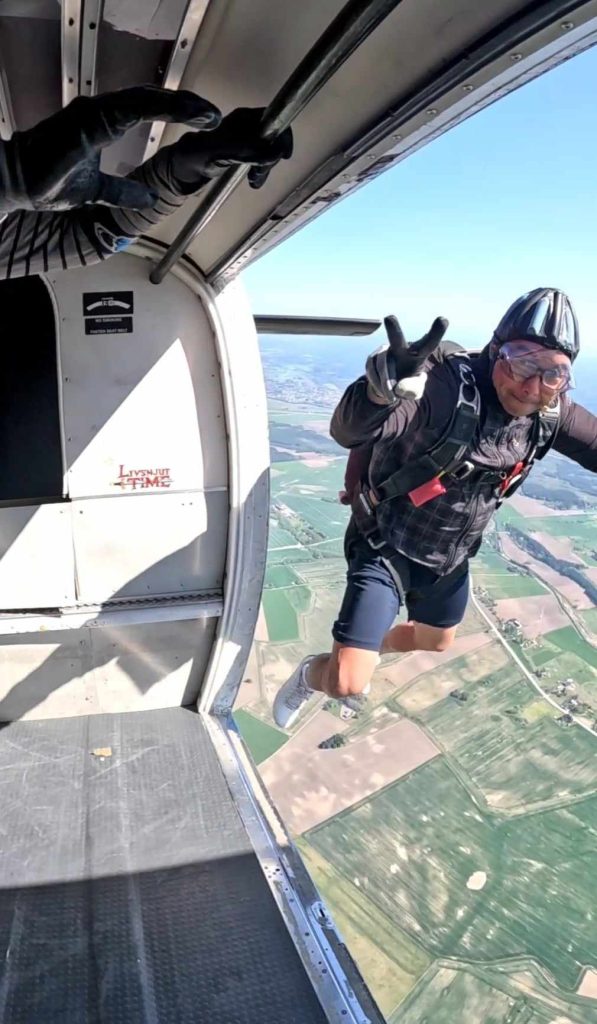

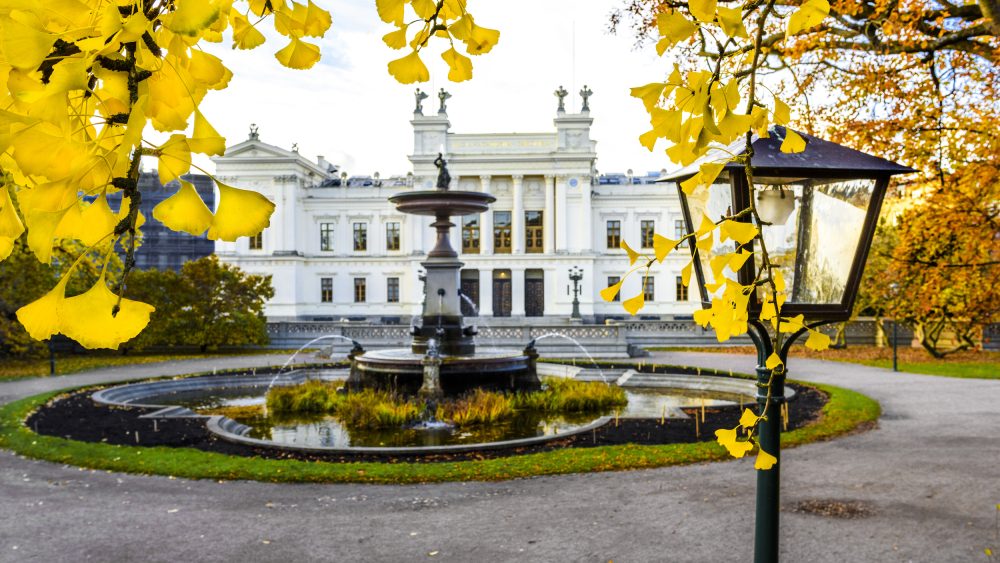



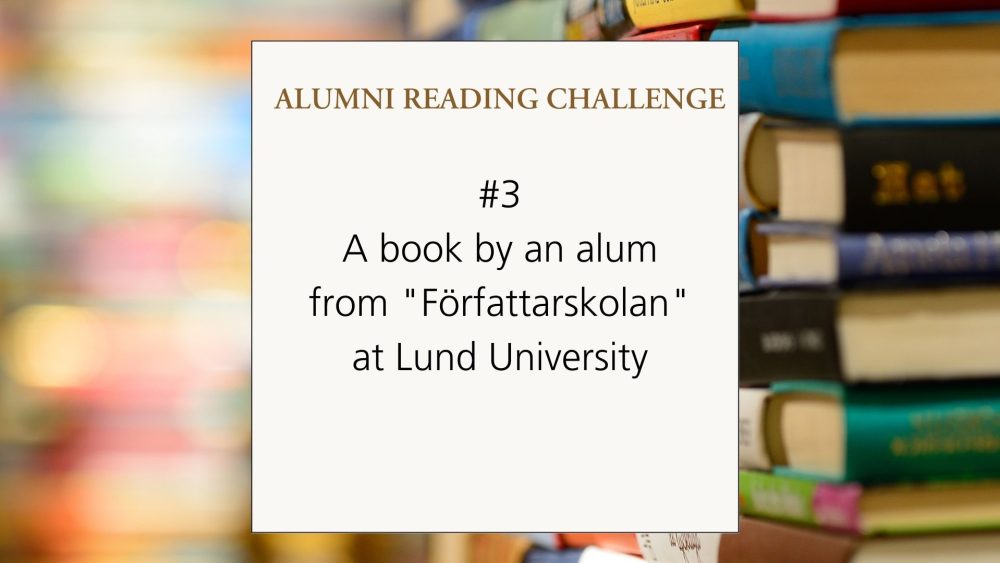
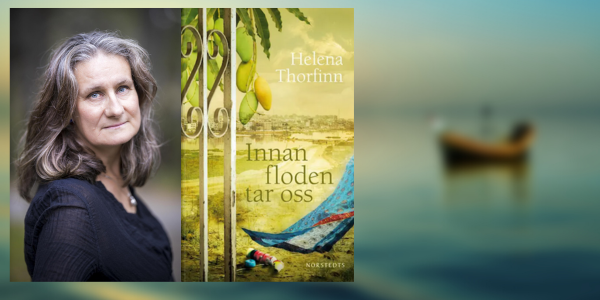

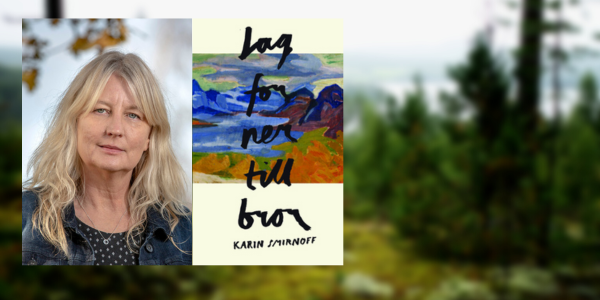


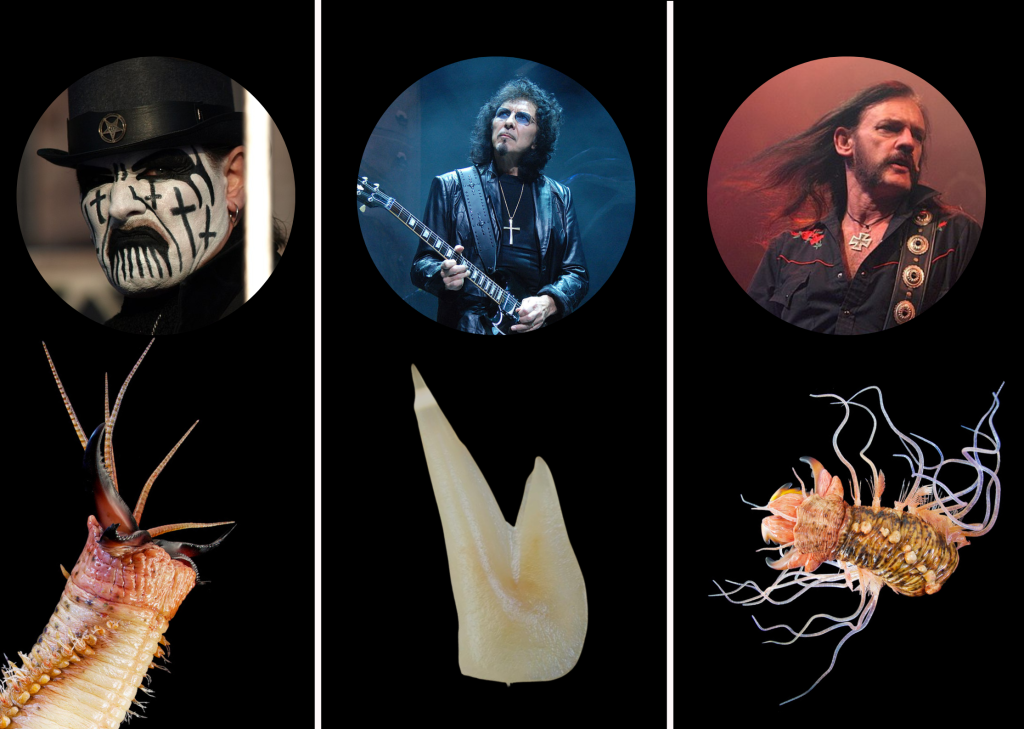
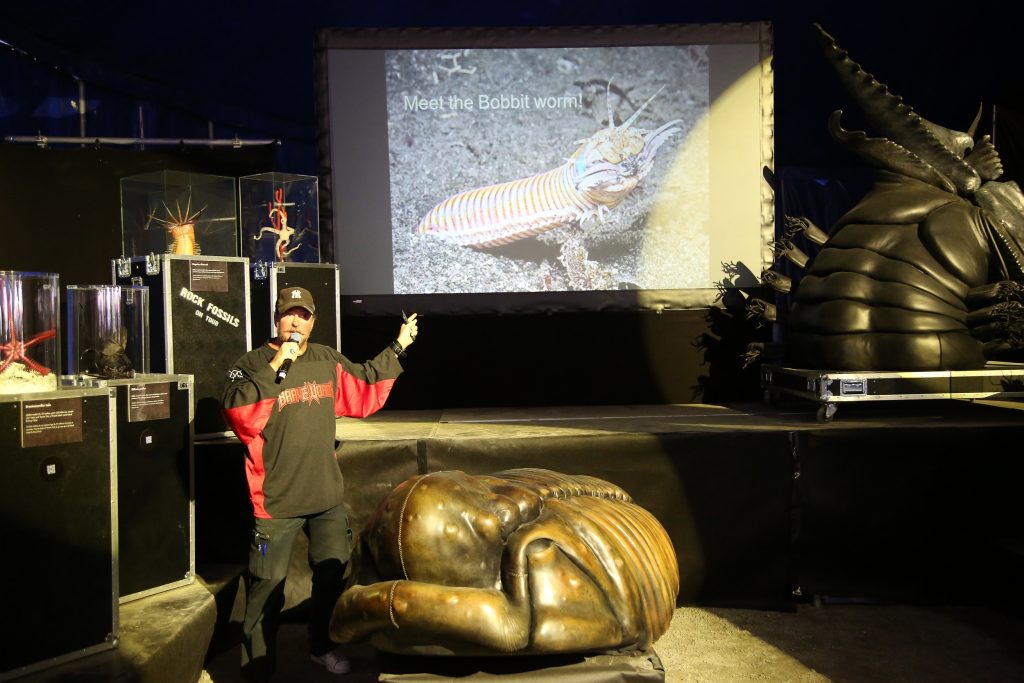






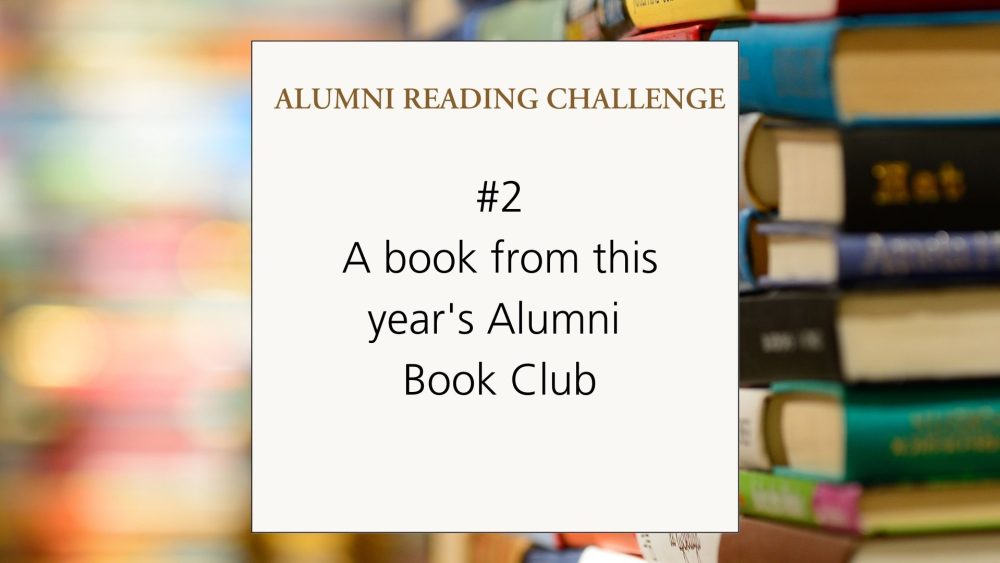
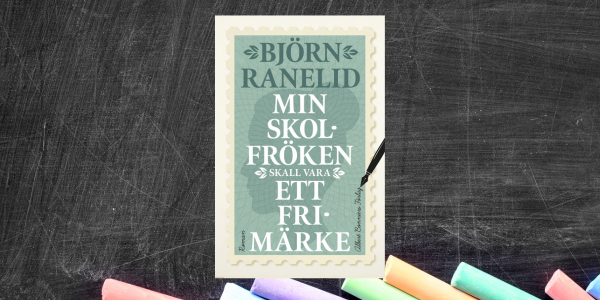
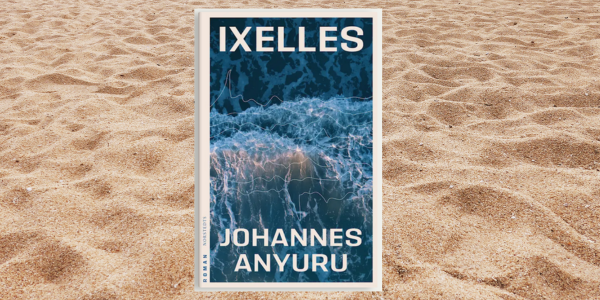
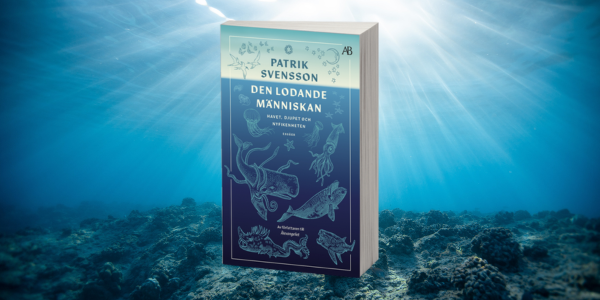





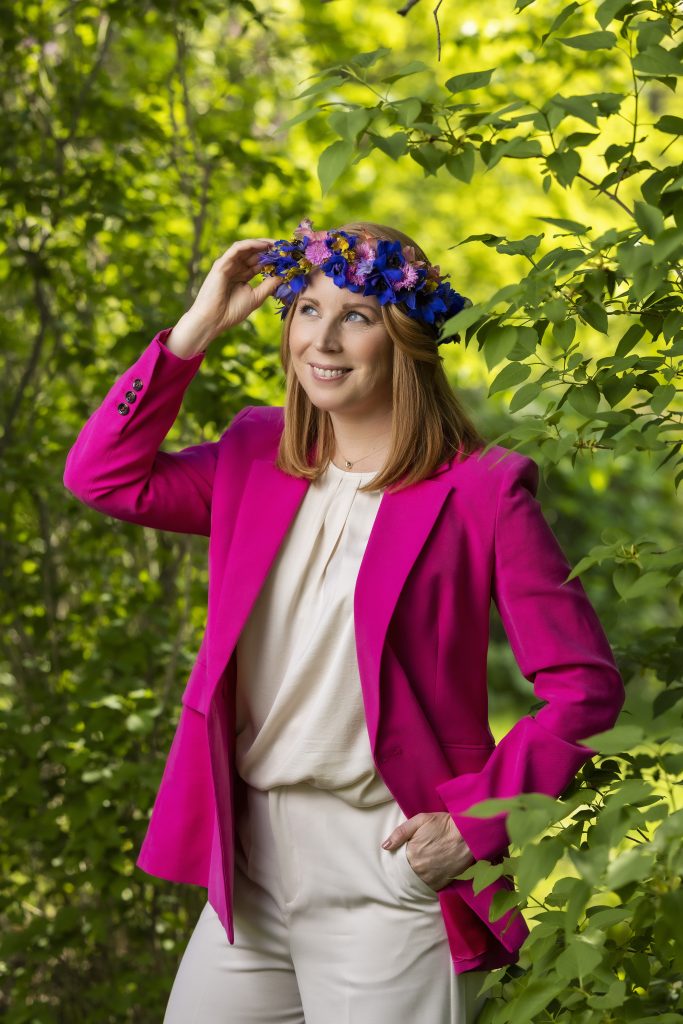


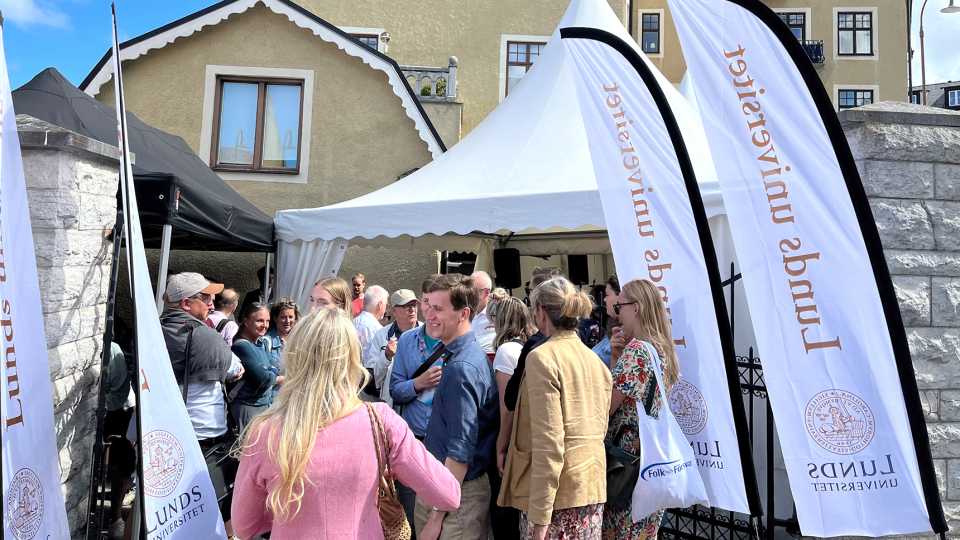


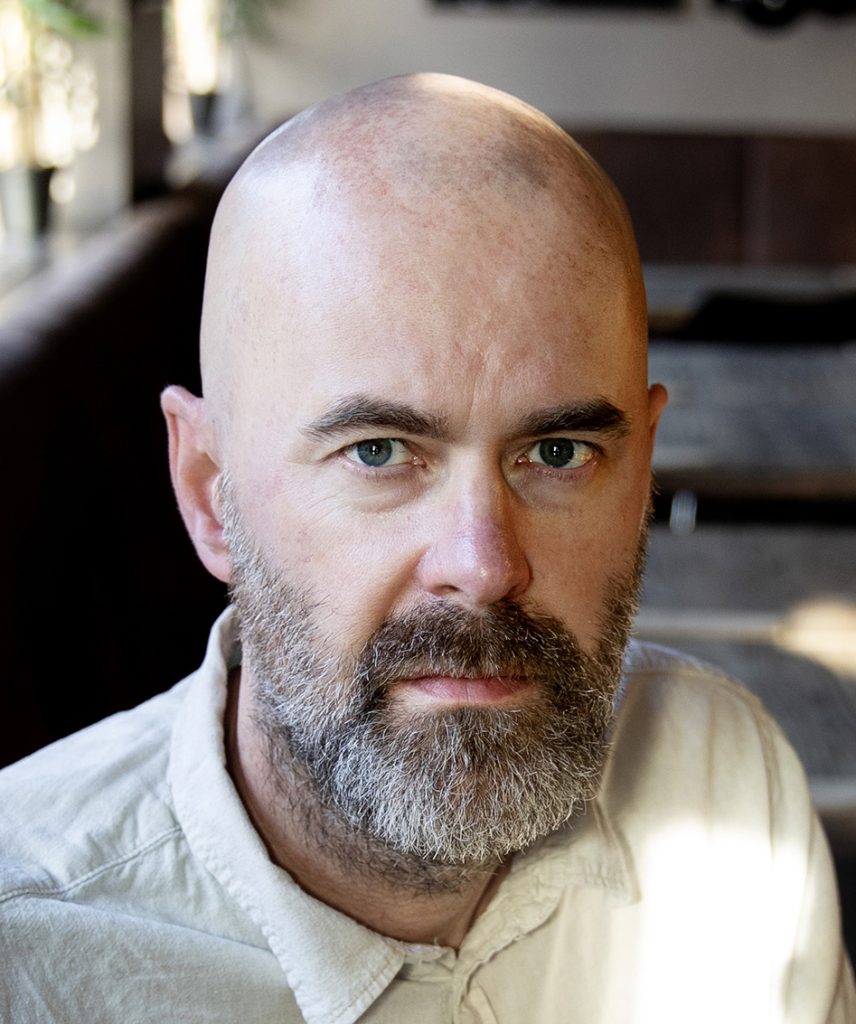
Comments